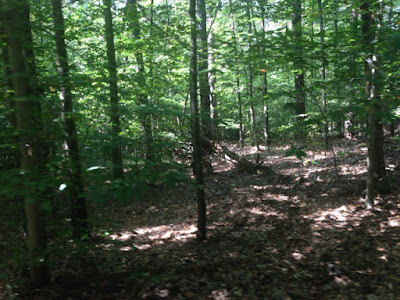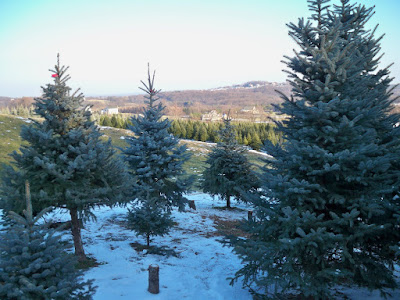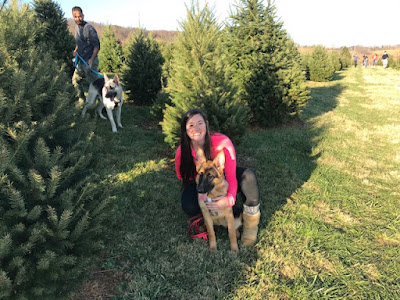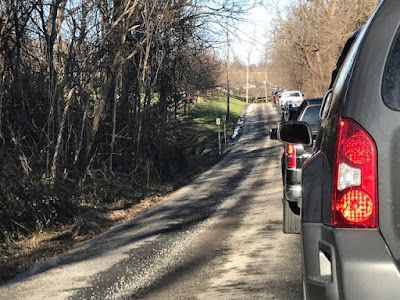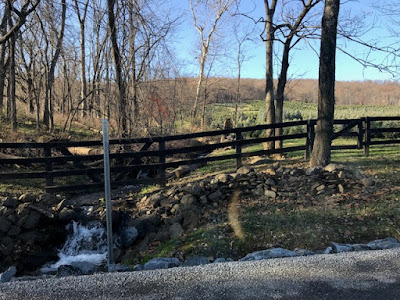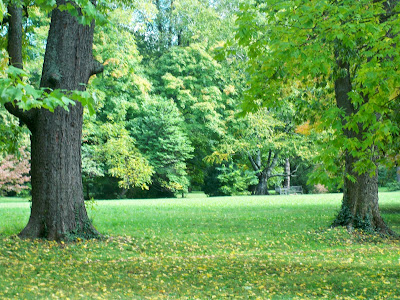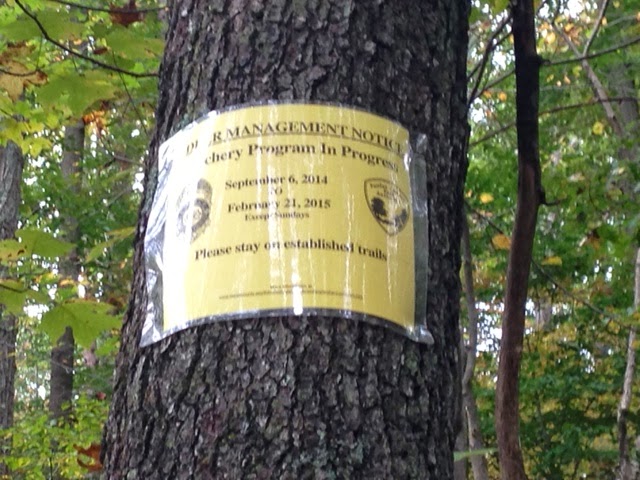Long Woods Walk
Yesterday, I went out early for the weekly groceries, donned mask and gloves, observed social distancing, came home and wiped everything off before putting it all away and then decided … I needed a walk. And not just any walk — but a long woods walk.
I took a Reston path that leads to the Cross County Trail. It’s a section of the CCT that I often stroll, but yesterday I went further, into a place where the first sign you see warns you of snakes in the area.
It’s a fitting intro to a wilder, more hike-like area. It was easy to imagine I was miles away not just from desk and to-dos — but also from the section of trail I just covered.
I nodded to a father and two sons jogging down the trail; to a man and his children who were exploring ants on a log; and to several others out enjoying the sun and pretending this was an ordinary spring Friday.
The music in my ears seemed redundant, so I pulled out the buds and listened to woodpeckers and robins. I stopped on a bridge over the Snakeden Branch Stream and heard the water talk to itself. How lovely and clear it looked as it tumbled over rocks, all white and frothy as it landed.
It was almost two hours later when I got back to the car. The walk had turned into a hike. The day seemed larger and brighter than it had before.
